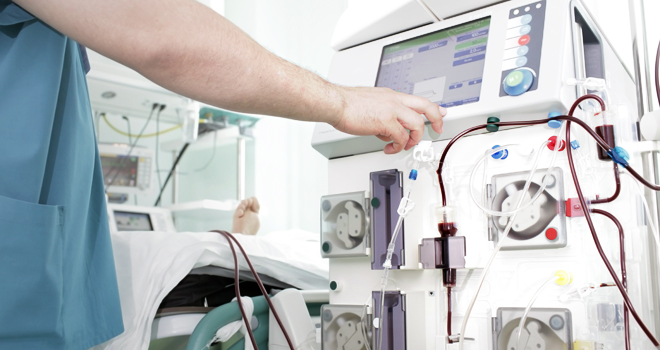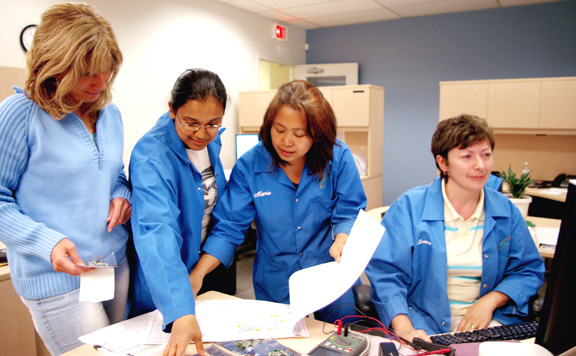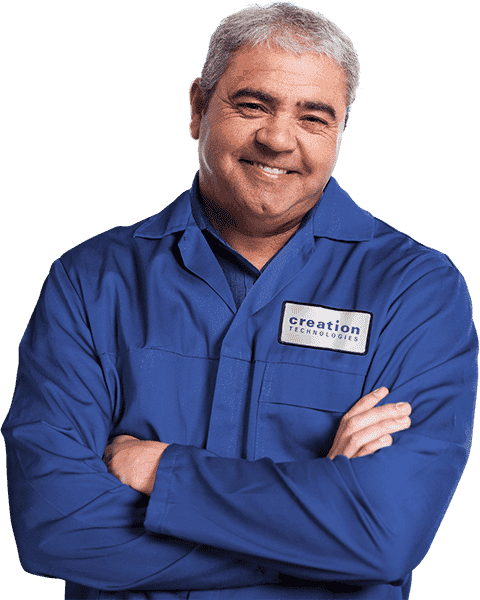10 Things You Need to Know about Manufacturing FDA-Approved Medical Devices

The purpose of the Food and Drug Administration (FDA) is to safeguard the health of the American public through the regulation of certain products, including medical devices and food-processing equipment. Health Canada has a similar mandate.
The FDA and Health Canada have full federal authority to ban and recall any products deemed dangerous.
They can also suspend or revoke registration or licensing of an establishment, effectively shutting down manufacturing facilities. Investigations can lead as far as criminal prosecution.
As outlined in a Business Case for Quality at a recent Pharmaceutical Quality System Conference, there are many costs of non-compliance, including:
- Direct costs (e.g. scrapped materials, production time)
- Remediation costs (issue identification, correction and reporting)
- Regulatory action costs (legal, logistical)
- Market share costs (lost opportunities)
- Reputational costs (loss of goodwill)
According to FDA regulations, “the finished device manufacturer”, or the OEM, “bears overall responsibility for the safety and effectiveness of the finished device and must control all contractors under 21 CFR 820.”
It’s obvious that a government-issued, publicly visible ‘stop-production’ order can be catastrophic to a customer base, a brand, and a bottom-line.
So how do OEMs evaluate their processes and supply chains when commercializing a new medical device?
And how can OEMs looking for a manufacturing partner for a medical device assess whether the EMS provider is compliant with the Quality System Requirements and Current Good Manufacturing Practices critical to passing an FDA audit?
We can offer some tips based on our own experience manufacturing FDA-approved medical devices and other products in highly regulated industries.
3 Things You Need to Know about
Manufacturing FDA-Approved Medical Devices
- A Gap Analysis Will Protect Your Investment
Knowing the right way forward begins with understanding your current state.
A Gap Analysis will require you to have an intimate understanding of the regulation and identify where you have procedural inadequacies.
A good manufacturing partner will ultimately help you address some of these gaps.
- Go through each step of the regulation.
- Identify and size up the gaps in your documentation system first, then look at the implementation gaps.
- Find an expert resource for advice, don’t reinvent the wheel. Consultants and other resources are available to help you address a particularly weak area.
- Get Your Team On Board
Similar to many practices that stem from technical initiatives, it’s not enough if it’s only the management team that understands the implications of the regulations. We can’t stress this enough!
Everyone with their hands on FDA-approved product needs to understand the consequences of deviating from procedure.
For example, a production associate may not realize the full significance of a Line Clearance Procedure…until a process deviation results in product mix-up, which results in a product recall. Or maybe until two similar labels get confused, which results in a patient receiving incorrect care.
Waiting until the “until” is not acceptable!
- Roll out comprehensive communications programs to connect the product with the end customer.
- Ensure everyone involved in building FDA-approved medical devices understands the impact of their work!

- Build a Robust Training Program and Keep Complete Training Records
There’s perhaps nothing more critical than traceability to the process of manufacturing regulated products like medical devices.
Because of product significance and legal liability, a document trail is essential.
More importantly, should an adverse event take place, visibility of the processes and parties involved can help save lives.
- Ensure that you have properly defined which documents constitute your Device Master Record (DMR) and Design History File (DHF) to avoid iteration.
(Hint: if you aren’t familiar with the DMR and DHR, go back to your Gap Analysis. Alternatively, contact our Creation Design Services team who can walk you through the development process). - Construct a solid system for conducting and controlling training that accounts for all people that touch your product as it’s being manufactured.
- Once training is completed, make sure that your training records are well-defined and available for review by an auditor or other party.
If you need additional resources in constructing your training program, today there are many good courses available. We recommend AAMI (Association for the Advancement of Medical Instrumentation) for a variety of programs that are taught by experienced regulatory professionals and endorsed by the FDA.
- Ensure that you have properly defined which documents constitute your Device Master Record (DMR) and Design History File (DHF) to avoid iteration.
Manufacturing top-quality medical devices takes a great deal of preparation, expertise and commitment. At Creation, we know that the investment is worth it.
We are very proud to partner with medical device OEMs who do so much to employ technology to improve the lives of people around the world.
Our first blog post dedicated to this important theme outlines the first three things you should consider when deciding how to manufacture your FDA-approved medical devices. Stay tuned for the next installment!


